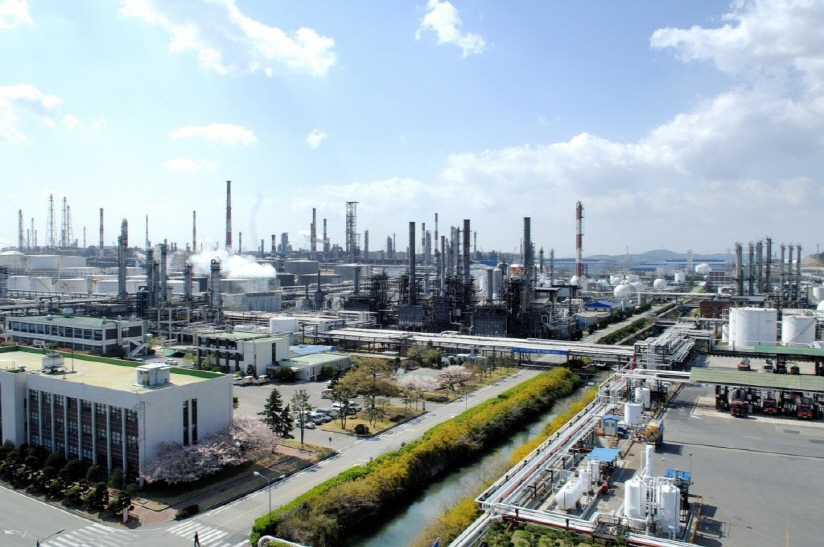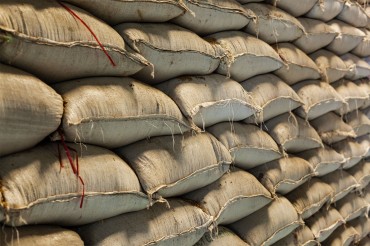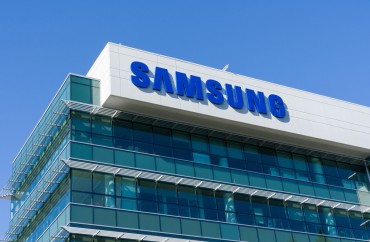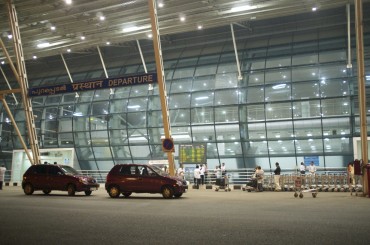
With signs of recovery, analysts expect that the refiners will see a turnaround in their earnings. (image:SK Innovation)
SEOUL, Jul. 9 (Korea Bizwire) — South Korea’s major refiners are expected to see improved earnings for the second half of the year on recovering refining margins, industry observers here said Tuesday.
The benchmark Singapore complex gross refining margin (GRM) for the first week of July was estimated at US$6 per barrel, up $2.8 from June’s average, according to industry data.
Margins are the difference between the total value of petroleum products coming out of an oil refinery and the cost of crude and related services, including transportation.
Usually, South Korean refiners generate profit if the refining margin stays above at least $4 per barrel.
This is the first time since third week of September 2018 that the GRM has reached $6 per barrel.
Industry insiders said a supply shortage from the U.S., following a massive fire at an oil complex in Philadelphia last month, and inventory management at Chinese companies, apparently pushed up the margin ahead of the summer driving season.
Rising demand for diesel ahead of a new International Maritime Organization (IMO) regulation also helped, they said.
The IMO will lower the sulfur content cap for marine fuels from 3.5 percent to 0.5 percent starting in 2020.
“Although it’s just the first week of July, it’s promising that refining margins have recovered,” a spokesman from a local refiner said.
“Usually, the third quarter has been the driving season for refiners, so we expect to see improved earnings.”
Analysts predicted that South Korean refiners, however, might have logged poor second quarter earnings due to low refining margins.
The weekly Singapore complex GRM has been below the $4 threshold since the third week of April.
But with signs of recovery, analysts expect that the refiners will see a turnaround in their earnings.
“Expectations are high for their second half earnings on a rebound in refining margins,” said Kang Dong-jin, an analyst at Hyundai Motor Securities Co.
“Margins for naphtha are also improving as the companies complete maintenance work. With seasonal demand, solid margins are likely to continue.”
(Yonhap)






